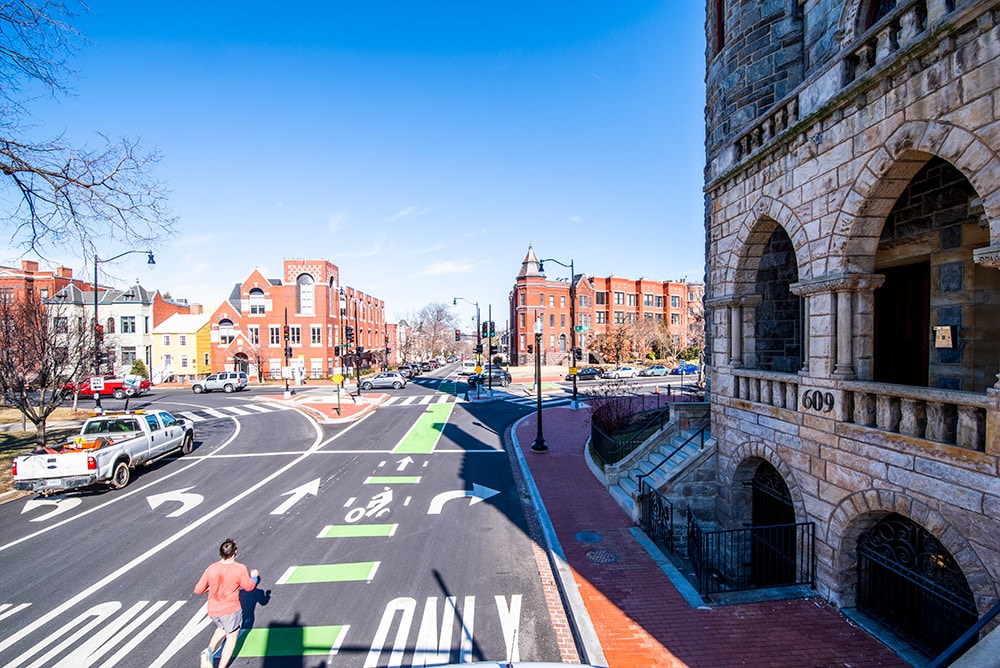Diversity, Equity, & Inclusion
Infrastructure Disparity In Underserved Neighborhoods
Every day is the same for this librarian. She leaves her home for work, walking with trepidation to her bus stop across a busy four-lane intersection with ill-timed traffic lights and impatient drivers. The walk home from her bus stop is the same, except it’s darker outside. It’s scary for her and others like her who cross this busy road. Safety at this intersection, and many like it across America, is not a priority until there is an injury or a fatality.
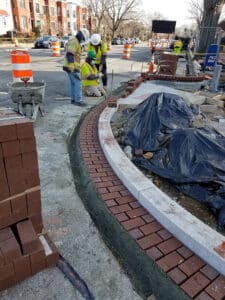
Diversity, equity, inclusion, and access (DEIA) is a critical issue that affects all aspects of society, including infrastructure and transportation. One area of concern is the disparity in road conditions in brown and black neighborhoods and more affluent areas.
Studies have shown that road conditions in low-income and minority neighborhoods are often worse than those in more affluent areas. Potholes, cracks, and other damage to the roadway can create hazardous conditions for drivers and pedestrians and can lead to vehicle damage and accidents.
This disparity is often the result of systemic racism and inequality in the allocation of resources for infrastructure maintenance and repair. Underserved neighborhoods notoriously receive fewer resources for road maintenance, leading to a higher prevalence of poor road conditions. The consequences of this disparity go beyond just inconvenience and vehicle damage. Poor road conditions can also create barriers to job access, education, and other necessities, and can contribute to the cycle of poverty in these communities.
As a professional services marketer in the built environment, I work with people who make a difference in the lives of people within the communities they work and live. My colleagues are engineers, construction inspectors, construction managers, facilities managers, and owners’ representatives. Like many in the design community, we work to make our communities better, make them easier to navigate, make their roads wider to accommodate bicycles, and beautify neighborhoods. But this can only happen if there are financial resources allocated to do the work.
It is important for governments and community organizations to prioritize equity in infrastructure and transportation investments to ensure that all neighborhoods have safe and well-maintained roads. This can be achieved through targeted funding and resources for road maintenance and repair in underserved neighborhoods, as well as increased community engagement and input in infrastructure decision-making.
What became of the librarian? In 2014, she was walking her normal route across the busy intersection when she was struck by a car. She survived her injuries and the local DOT immediately put in place temporary barriers to expand sidewalks. By 2020, the intersection received a complete redesign, known as a “road diet” with the primary goal of improving safety in the high-risk corridor that serves as a major commuter thruway going through residential neighborhoods. The project involved safety, traffic, roadway, and landscape improvements including the installation of underground electrical conduits for traffic signals and lights, as well as storm sewer utilities.
The newly completed project has reduced vehicle lanes, added bike lanes, added crosswalks, new pavement markings, installed new higher quality street lighting, and more, all with a focus on improving corridor safety and providing a beautiful streetscape for the residents.
This is just one project of many that require funding before another injury occurs. Investing in the infrastructure of underserved neighborhoods not only benefits the residents of these communities but also contributes to the overall health and prosperity of the region. By addressing the disparity in road conditions, we can work towards a more equitable and inclusive society for all.
Ree Miskimon, CPSM, is the Director of BD & Marketing, Cube Root Corporation.
-
This author does not have any more posts.
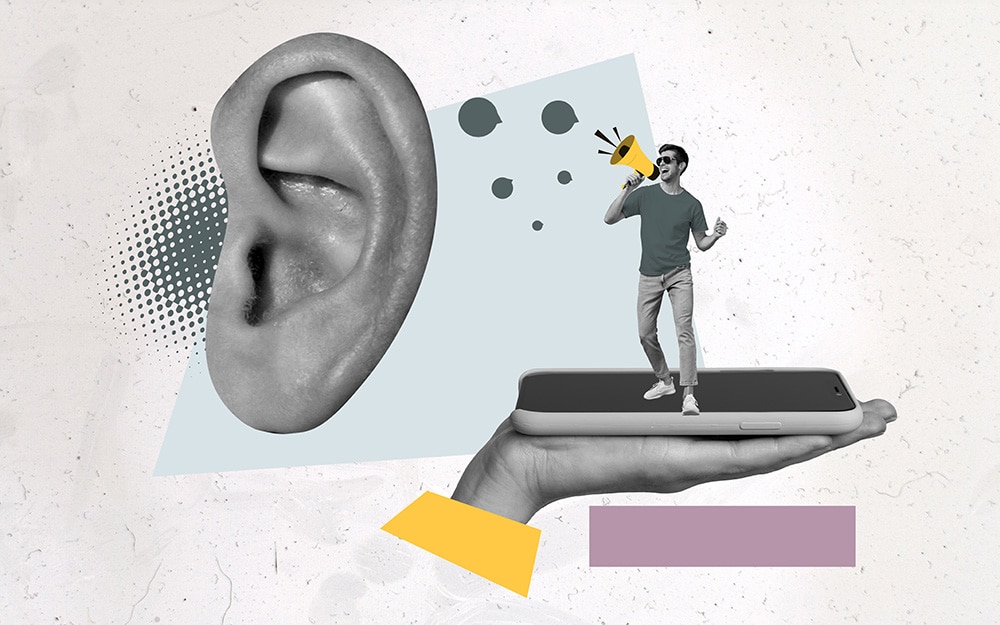
A Closed Mouth Does Not Get Fed
Speaking Up on Allyship

The Complexities of Identity
The Vitality of Discovering your own Intersectionality

The Smart Technology Revolution is Here
The Transformative Era of Urban Mobility

